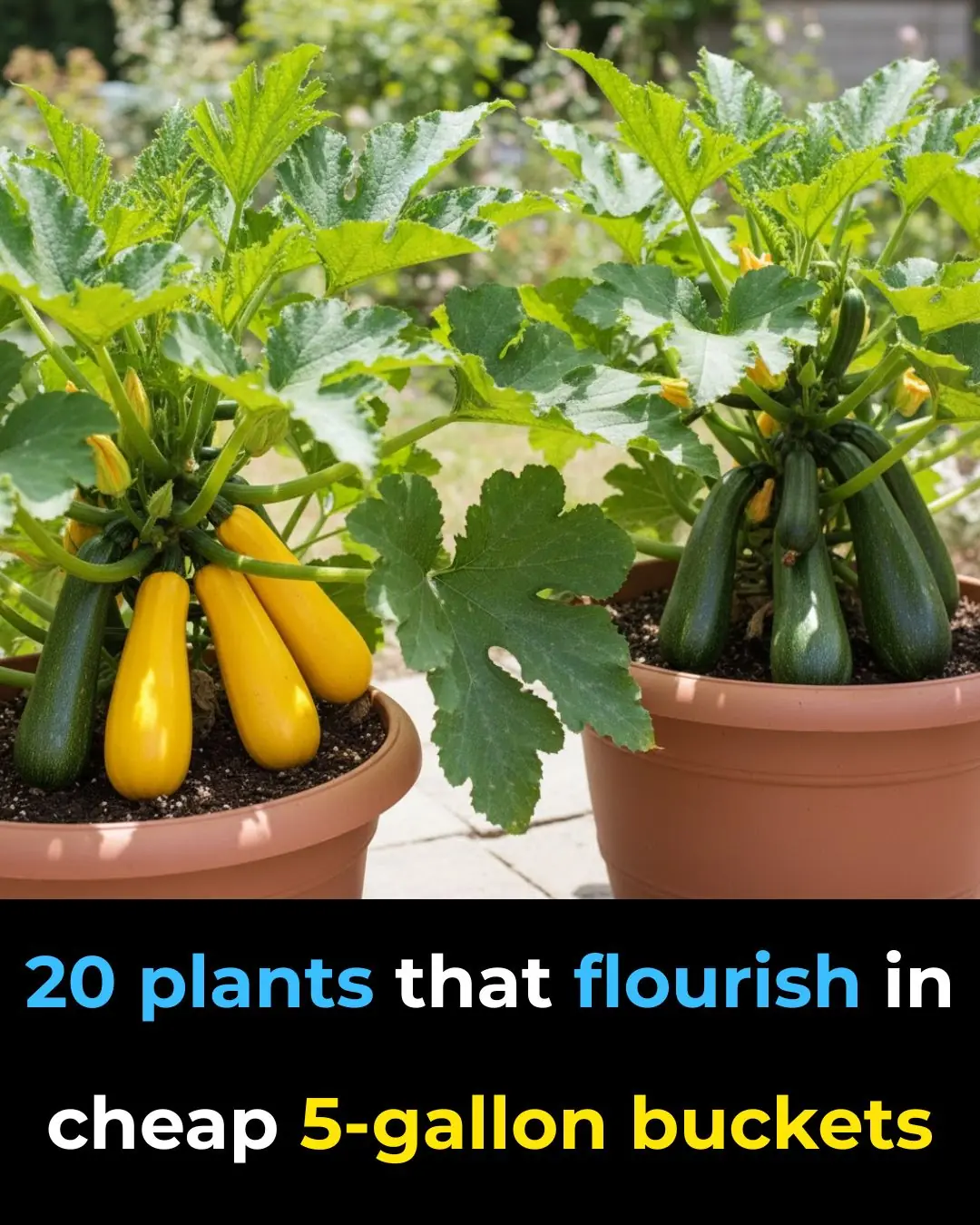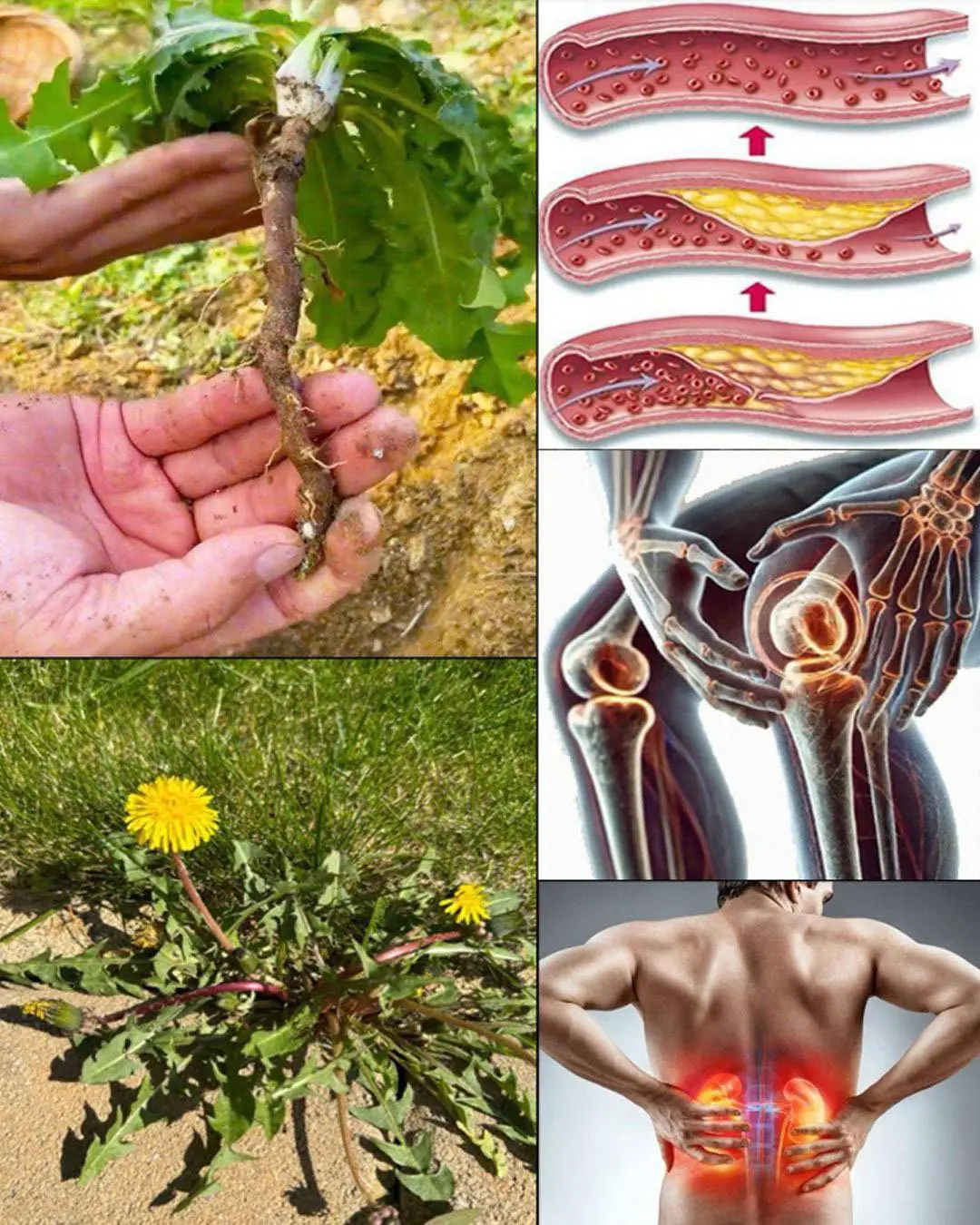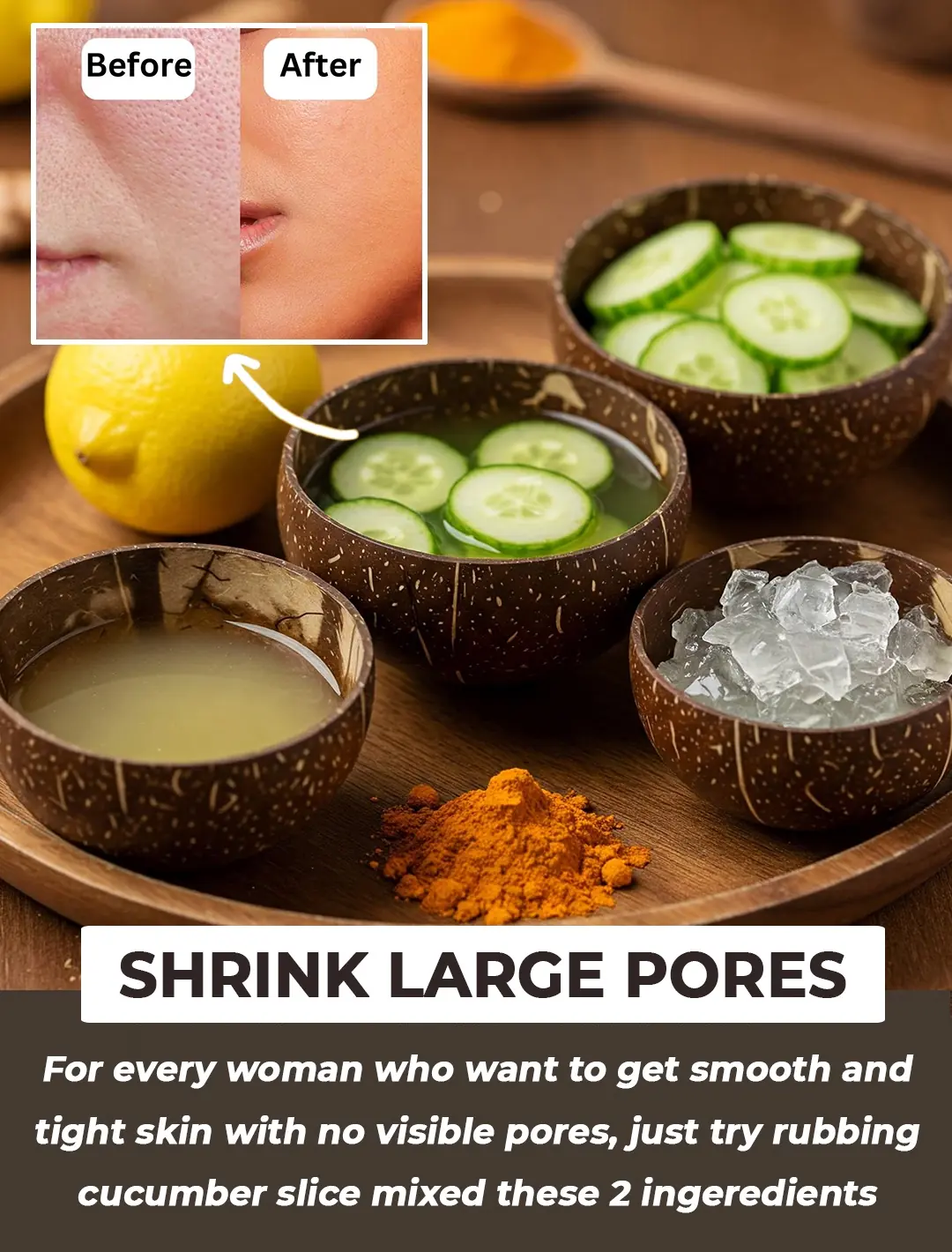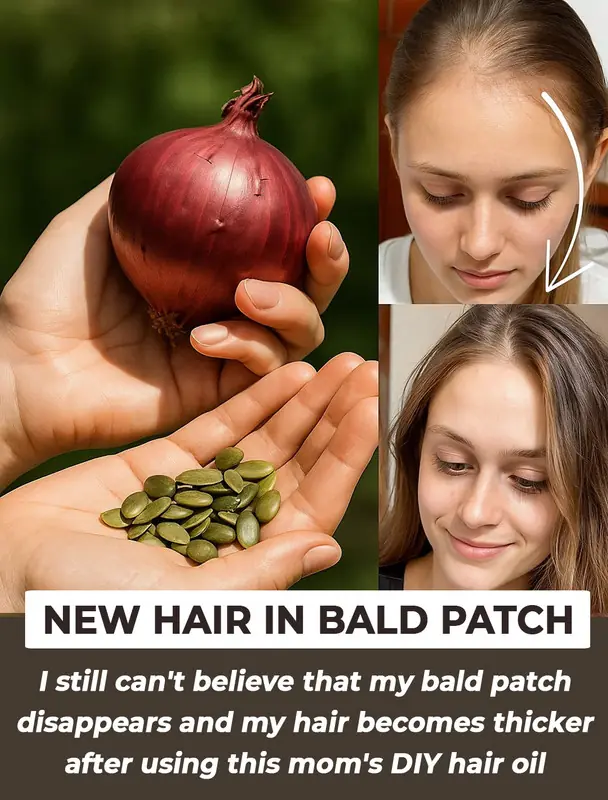
12 Fruit Trees You Must Prune in August — and the Science Behind It
Pruning fruit trees at the right time isn’t just about aesthetics—it’s a vital horticultural practice that supports growth, improves fruit quality, and helps prevent disease. According to the Royal Horticultural Society (RHS, 2024) and USDA Horticultural Research Service (2023), August is one of the best months for pruning many fruit trees in temperate and subtropical climates. During this period, trees are semi-dormant: their growth slows down, wounds heal faster, and stress levels are minimal.
Proper pruning in late summer encourages stronger buds, balanced energy distribution, and better fruit yield for the following year. Below, we explore 12 fruit trees that benefit most from August pruning—and why this timing matters scientifically.
1. Apple Trees — Enhancing Fruit Production
Apple trees thrive when pruned in August, as the open canopy allows for more sunlight penetration, which enhances fruit color and sugar accumulation (RHS Gardening, 2024). Removing crowded or diseased branches also improves airflow, reducing risks of apple scab and powdery mildew. According to Penn State Extension (2023), pruning helps redirect nutrients toward developing fruit instead of excessive shoot growth, leading to better yield and flavor.
2. Cherry Trees — Preventing Disease
Cherry trees are prone to bacterial canker and brown rot, especially in humid conditions. Summer pruning helps curb these diseases by promoting airflow and faster wound healing (University of California Agriculture & Natural Resources, 2023). Cutting branches at a 45-degree angle prevents water accumulation, minimizing infection risk. Experts recommend sterilizing tools between cuts to avoid pathogen spread.
3. Plum Trees — Encouraging New Growth
Plums can easily become overcrowded, leading to poor fruit set. August pruning stimulates the formation of new fruiting spurs for the next season (BBC Gardeners’ World, 2024). Removing unproductive wood and shaping the tree to maintain an open center increases sunlight exposure and airflow, resulting in juicier, disease-free plums.
4. Pear Trees — Improving Air Circulation
Pear trees benefit from summer pruning to combat fungal infections like fire blight. By thinning the canopy and eliminating inward-growing branches, you enhance ventilation and light penetration. USDA research (2022) notes that well-ventilated trees maintain healthier bark tissue and experience fewer pest invasions.
5. Peach Trees — Boosting Fruit Size and Sweetness
Pruning peach trees in August channels the tree’s energy into ripening fruit rather than growing foliage. Clemson Cooperative Extension (2023) explains that this helps produce larger, sweeter peaches and reduces pest hiding spots. Maintain an open vase shape for optimal sunlight exposure and easier harvesting.
6. Apricot Trees — Reducing Pests and Disease
Apricot trees often host aphids and borers if left unpruned. Removing dead or diseased branches in August lowers pest pressure and allows sunlight to reach inner wood. Horticulture Research International (2023) found that sunlit canopies are 40% less likely to harbor fungal growth compared to shaded, dense ones.
7. Nectarine Trees — Strengthening Branch Framework
Nectarines share many pruning needs with peaches. Cutting back crossing or damaged limbs in late summer helps form a strong branch structure capable of supporting heavy crops. Adequate sunlight improves fruit color, while good air circulation minimizes leaf curl risk (RHS, 2023).
8. Fig Trees — Managing Growth and Shape
Figs can become overly vigorous, reducing fruit production. August pruning keeps them compact and productive by thinning overcrowded shoots. The Guardian Gardening (2023) notes that maintaining an open canopy enhances photosynthesis efficiency and fruit sweetness.
9. Persimmon Trees — Supporting Fruit Load
Persimmons often produce heavy fruit clusters that can strain branches. Thinning out excess shoots and old wood distributes the load evenly and increases light exposure. Research by University of Florida IFAS (2023) shows that balanced pruning reduces fruit drop and enhances sugar content in persimmons.
10. Quince Trees — Controlling Size and Shape
Quince trees, though hardy, can quickly grow unruly. August pruning helps maintain shape and allows light to reach fruiting spurs, promoting even ripening. According to Horticultural Science Journal (2022), controlled pruning can increase marketable fruit yield by up to 25%.
11. Mulberry Trees — Improving Sunlight Exposure
Mulberries flourish in open, sunlit canopies. By removing shaded or diseased branches in August, gardeners encourage better fruit ripening. USDA Forest Service (2023) found that mulberries pruned in late summer had 30% higher sugar content and fewer fungal issues compared to unpruned trees.
12. Pomegranate Trees — Maintaining Structural Integrity
Pomegranates produce dense growth that can break under fruit weight. August pruning ensures a sturdy framework and improves airflow. Texas A&M AgriLife Extension (2023) recommends spacing main branches evenly and removing inward growth to prevent rot and sunburned fruit.
The Science of August Pruning
Late-summer pruning aligns with a tree’s natural hormonal balance. At this stage, auxin (growth hormone) levels drop while carbohydrate reserves rise, meaning cuts heal quickly and energy can be redirected toward next year’s buds (Plant Physiology Review, 2022). Moreover, open canopies enhance sunlight exposure, stimulating chlorophyll activity and secondary metabolite production—key for flavor and fruit color.
In short, pruning in August isn’t just a gardening tradition—it’s a scientifically backed method to ensure long-term tree vitality, pest resistance, and superior harvest quality.
(Sources: Royal Horticultural Society 2024, USDA 2023, BBC Gardening 2024, Penn State Extension 2023, Clemson Cooperative Extension 2023, University of California ANR 2023, Plant Physiology Review 2022)
News in the same category


EXCLUSIVE: Kerry Katona 'upset' over 'selfish' Katie Price as cracks show in friendship

Big Brother fans fume ‘she can't get away with this’ as they slam housemate

If You Find This Snake in Your Yard, Don’t Harm It — Here’s Why

Ooops, Guess I’ve Been Doing This Wrong: Why You Should Rethink Using Saucers Under Planters

1 Lemon Is All You Need to Revive an Orchid: Here’s How It Works

4 Good Reasons Everyone Should Read Ralph Ellison’s ‘Invisible Man’ At Least Once

Don’t Yank This from the Cracks: Why Dandelions Deserve a Second Look

Soap Water: A Gardener’s Secret Weapon for Natural Pest Control

20 Plants That Thrive in Cheap 5-Gallon Buckets

Strictly star Vicky Pattison left in tears after Motsi Mabuse’s comment

Strictly Come Dancing fans ‘gutted’ as Halloween Week results leak and fan favourite heads home

Ex-SNL star Leslie Jones reveals tense encounter with ‘a–hole’ director at ‘SNL 50’ party: ‘Get your f–king hand off me’

How Sydney Sweeney reacted to jokes about her chest at Matt Rife comedy show — alongside Scooter Braun

Complaints pour in over treatment of Strictly’s longest-serving judge Craig Revel Horwood

Meet Mary J. Wilson, The First Black Senior Zookeeper At The Maryland Zoo

Meet the Black Woman Who Created a Nail Polish Line That Caters to Darker Skin Tones

Meet the Compton Teacher Who Sparked Kendrick Lamar’s Love for Words

Autumn Lockwood Is The First Black Woman To Coach In The Super Bowl
News Post

When making spring roll filling, remember 1 step carefully

Washing and conditioning hair with beer helps reduce hair loss and stimulates continuous hair growth

Soak your whole body with warm ginger water before going to bed.

Discover the Meaning of a Black Cat Approaching You

Add ice cubes to the bone broth

11 Benefits of Dandelion Roots

#1 Absolute Best Toenail Fungus Cure You Can Make at Home with Just 3 Ingredients

Banana Peel & Cornstarch: A Natural Skin Hack That Could Help You Look Younger

Homemade Remedies for Varicose Veins with Onion, Garlic, and Apple Cider Vinegar

Crema Casera con Vaselina que Rejuvenece la Piel al Instante

Top 5 Natural Remedies to Shrink Enlarged Pores and Achieve Smooth Skin

DIY Onion Sunflower Seed Oil: Get New Hair In Bald Patches

Homemade Carrot Oil for Glowing Skin: A Natural Solution for Dark Spots, Wrinkles & Anti-Aging

Glow Ice: Rice Water Cubes to Shrink Pores and Get Clear, Radiant Skin

The Body’s Intuition: Signs of an Impending End

When boiling sweet potatoes, don't just use water, add 1 spoon of this, every tuber will be soft and sweet

Stir-fried beef is tough: Add these 3 steps, the meat will be softer, sweeter, and tastier than in restaurants

The Shoes You Pick Reveal What Kind of Woman You Are

Dead Butt Syndrome Is Real
